Laurent Paré, the winemaker at grower-owned cooperative Cellier des Dauphins in the southern Rhône Valley, is talking about one of his 2,300 growers. Big, hairy Mathieu was a social media sensation when he and Laurent toured China to promote Cellier des Dauphins’ expanded range, which now encompasses réserve, village, and cru wines.
Mathieu’s face – pictured among his vines in Plan de Dieu – stars on the label of one of the new range of five village bottlings. The back label reads: “My vines cover the sunny plains of the Vaucluse. Grenache, Syrah and Mourvèdre grapes give this wine spice and black fruit aromas, as well as notes of garrigue.”
Over lunch in Noizé Restaurant in London, Laurent and I cover a wide range of topics, including the influence of the fragrant scrubland (garrigue) on wine, the benefits of micro-oxygenation and the importance of picking early in the day.
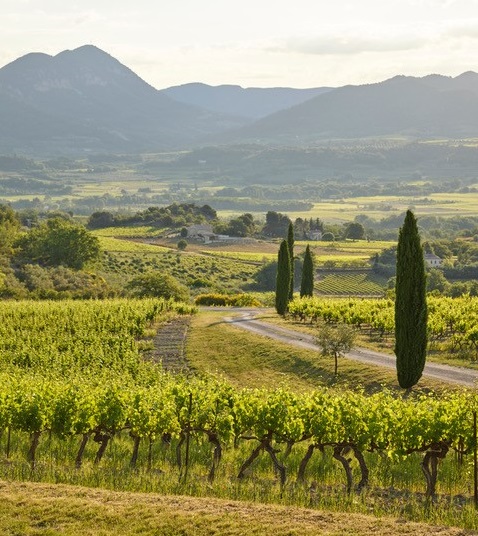
Garrigue
The chief oenologist at Cellier des Dauphins has made wine in New Zealand’s Marlborough, Australia’s Clare Valley, Argentina’s Valle de Uco, as well as in Canada and California.At Cellier des Dauphins, the flagship brand of the Côtes du Rhône’s largest producer, Union des Vignerons des Côtes du Rhône, it’s all about blends and honouring the region.
As we taste through the exceptionally well-made, reasonably-priced wines, I’m struck by the number of times the wine descriptors hint at the local landscape – a landscape peppered with wild herbs like rosemary and thyme, olive and apricot trees, lavender fields, and black truffles.
Swirling the Grenache-dominated blend from Puyméras – which is "replete with notes of garrigue and wild berries" – Laurent confirms it is possible for grapes to pick up flavours from the local flora.
“I truly believe there is an interaction between the fruit and the plants around. Why a fire can give some smoke taint or smoke flavours into the grapes and why aromatic plants, flowers and trees cannot give something, a tiny touch? I think the spice, the aromatic flavours around, has a big impact on the grapes.”
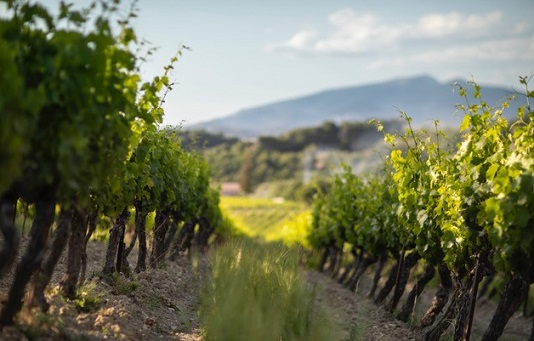
In some vineyards, herbs are planted between the rows of vines and between the vines themselves. “When you walk into the vineyards you can smell mint and garlic and thyme. Because they are there, I truly believe they can impact the fruit.
“It’s not a coincidence.”
To ensure such aromas and flavours make it into the final wine, “we don’t extract too much in the alcoholic phase; we do more work in the watery phase,” he added. “At the beginning of the fermentation you have more water, you have no alcohol, so it’s really important to extract at this time – to extract anthocyanin and only the smooth tannin.”
This means stirring twice every day for 30 minutes at the beginning of the process and dialling back the rummage as the alcohol increases until, near the end of the 30 days or so maceration period, when “you just need to wet the cap and you just top it in to avoid any kind of degradation”.
Micro-oxygenation
Laurent aims for a more modern take on the traditional Côtes du Rhône style of round, fruity red wines driven primarily by Grenache.“Our goal is really to achieve a wine with lots of smoothness, really fruity, easy to drink, really complex, really dense, and for that you need good ripeness in the fruit.”
But he admits that one of the main tools in his winemaking kit is micro-oxygenation.
“We use a lot of micro-oxygenation and that’s really important to get a smooth wine – early drinking and easy drinking.”
For its four Crus des Côtes du Rhône wines (Vinsobres, Cairanne, Vacqueyras, and Châteauneuf-du-Pape), the winemaking team uses barrels.
For the village and reserve wines, which go into concrete and stainless-steel tanks, they use a ceramic diffuser to mimic the gradual air exposure that barrels provide.
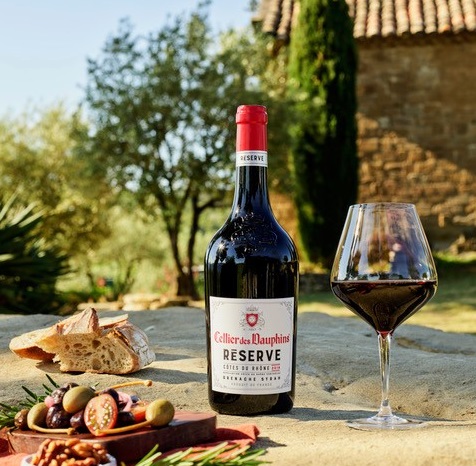
They lower this on a fishing line to 1 metre from the bottom of the tank. During the fermentation it releases 5-10mL of tiny bubbles per litre per day; during ageing it releases 1mL of tiny bubbles per litre per month.
It helps to soften the tannins, stabilise the colour, enhance the aromatic components, and reduce reductive notes.
“Our wines are made to be drunk in the early ages,” Laurent pointed out. “Why do people like Rhône Valley wines? It’s because of the fruitiness.”
He added: “With the micro-oxygenation in the tank you can work during the fermentation which for us is essential. I believe that you create more of a bridge during the fermentation in tanks because you create ethanol which is the precursor of ethanal – the bridge between tannin and anthocyanin – and when the bridge is made the colour is more stable, and you get stronger and bigger molecules which makes it smoother. Bigger molecules are smooth, they are not harsh or dry.”
The thiol hour
Picking in the cooler periods of the day helps to minimise oxidation but, according to Laurent, there’s another good reason to get up early. Varietal thiol precursors are at their peak between 5am and 8am, he told Canopy.“When you crop at this time, it gives you the chance to make great aromatic wines,” he stated.
'It’s 100% sure you are going to have a great wine'
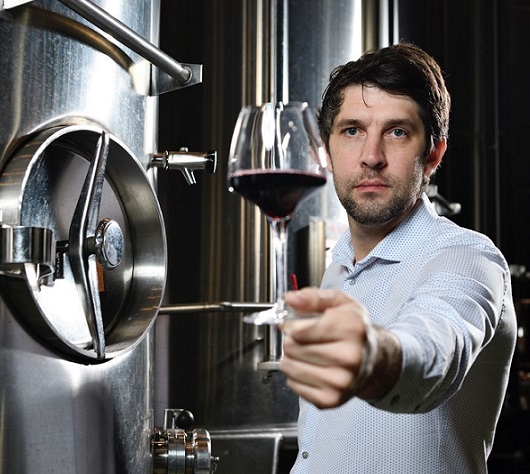
A great wine
These are some of the keys to making crowd-pleasing blends, according to Laurent.“If you choose the right vineyard with the right harvest date and use the right vinification, it’s 100% sure you are going to have a great wine,” he concluded.


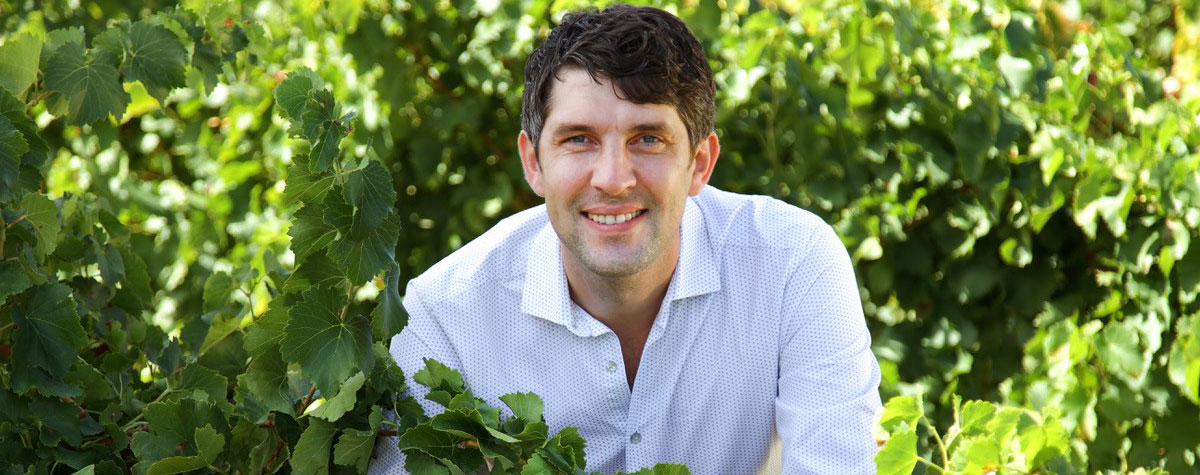










.png)






